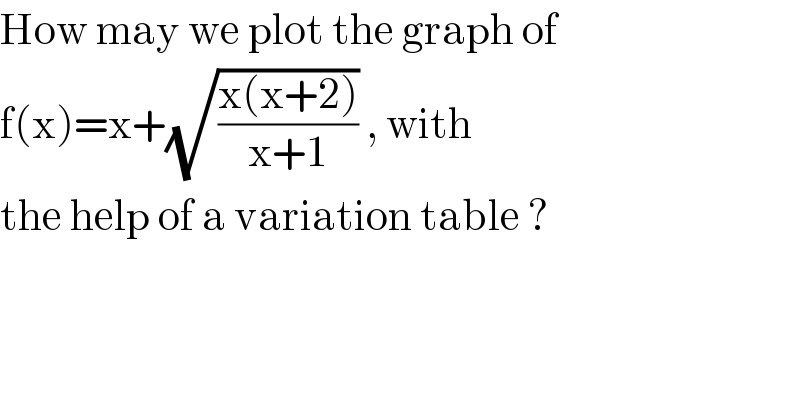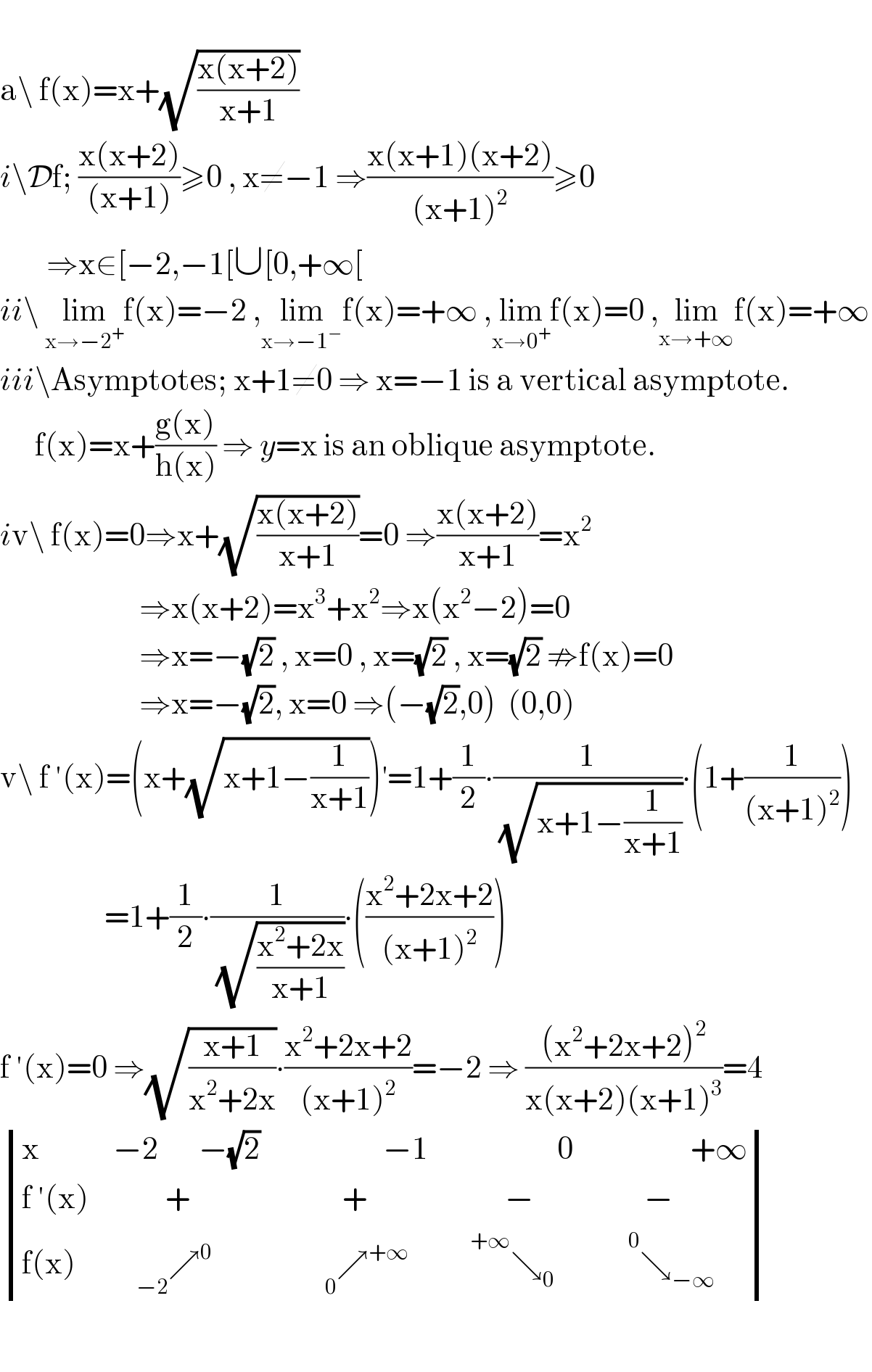
Question and Answers Forum
Question Number 104159 by Ar Brandon last updated on 19/Jul/20

Commented by Ar Brandon last updated on 19/Jul/20

Commented by Ar Brandon last updated on 19/Jul/20

Commented by Ar Brandon last updated on 19/Jul/20

| ||
Question and Answers Forum | ||
Question Number 104159 by Ar Brandon last updated on 19/Jul/20 | ||
 | ||
Commented by Ar Brandon last updated on 19/Jul/20 | ||
 | ||
Commented by Ar Brandon last updated on 19/Jul/20 | ||
 | ||
Commented by Ar Brandon last updated on 19/Jul/20 | ||
 | ||